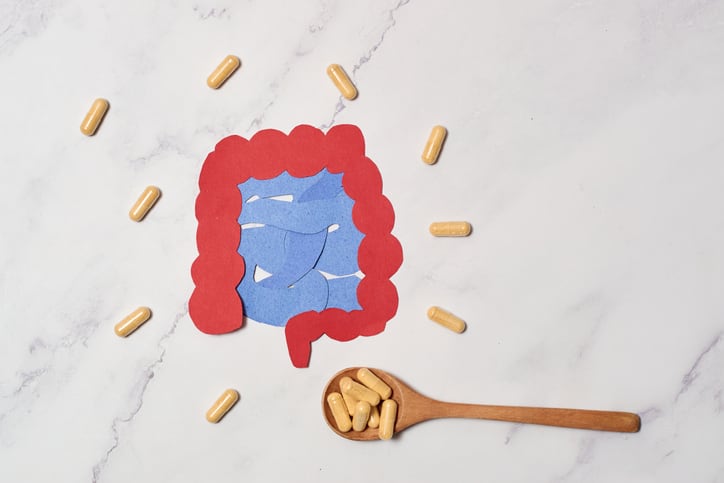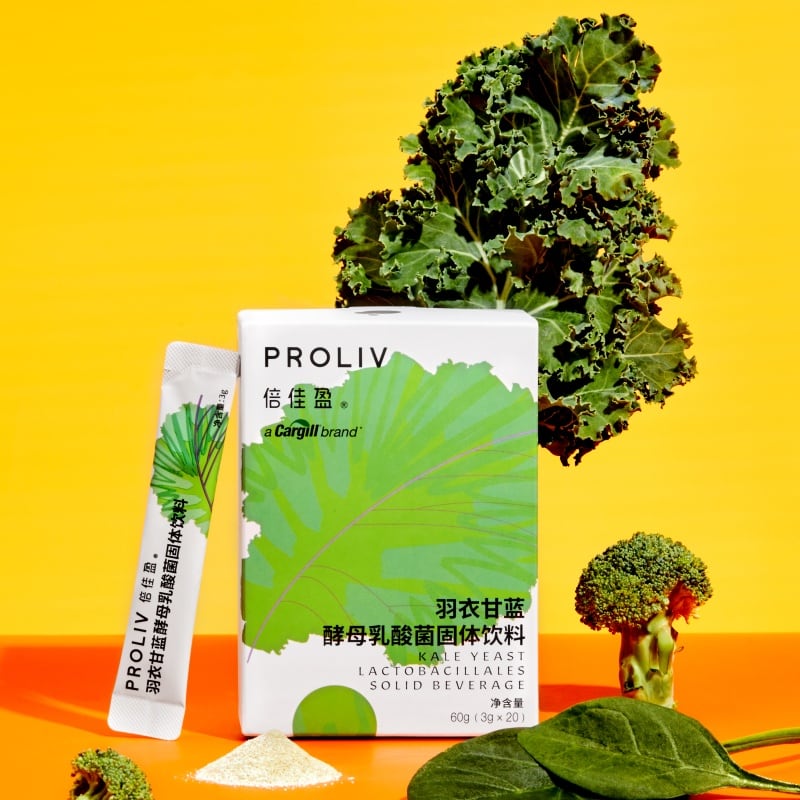Vitamins, short chain fatty acids, and bacteriocins are examples of metabolites produced by bacteria.
Metabolites have been thought to be the same as postbiotics amongst the nutraceutical industry players.
In its latest statement published on January 10, the ISAPP, which put up a definition of postbiotics back in 2021, has clarified that metabolites alone do not qualify as postbiotics and they are not mandatory components of a postbiotic.
“Metabolites can certainly form part of a postbiotic preparation, but they are not mandatory components of a postbiotic product,” the ISAPP said in a statement published in Frontiers in Microbiology.
The authors included Mary Ellen Sanders, Marla Cunningham, who are the executive science officer and executive director of the ISAPP respectively, Gabriel Vinderola, secretary of ISAPP, and Colin Hill member-at-large on ISAPP’s Board of Directors.
They highlighted that postbiotics, are made up of the words “post” and “biotic”, which means “after” and “living things” respectively.
As such, postbiotics should refer to something that was living and is now “after life” or inanimate.
Since metabolites, i.e. vitamins or short chain fatty acids or bacteriocins, are not living things, they cannot have an ‘after-life’. Therefore, compositions consisting only of metabolites were excluded from the postbiotic concept.
They explained that while metabolites are inevitably found during the preparation of postbiotics, if they are purified or processed from inactivated cells such that no cell biomass or components remain, then they cease to be postbiotics, regardless of any health benefit.
Excluding metabolites from the definition of postbiotic could help prevent “the injudicious situation where a microbe-derived metabolite or metabolite mixture is called a ‘postbiotic’ but an identical chemically synthesized preparation is not,” the researchers said.
According to ISAPP’s 2021 proposed definition, postbiotics refers to “a preparation of inanimate microorganisms and/or their components that confers a health benefit on the host.”
The definition was the output from a consensus panel involving 11 participants from 10 countries with a diverse range of backgrounds spanning gastroenterology, paediatrics, metabolomics, microbiology, immunology, functional genomics, probiotic and host interactions as well as regulatory affairs.
Still, there were concerns on the definition and alternative definitions were raised in different scientific meetings and social media commentaries.
The researchers have therefore released a statement addressing 18 questions, explaining why ‘postbiotic’ instead of other terms were used, the types of microorganisms that could be used as progenitors to postbiotics, quantification methods for postbiotics, and whether the process of inactivation needs to be deliberate.
Six previous definitions of postbiotics had been published prior to ISAPP’s 2021 definition.
Back to the basics
The statement sought to explain a couple of terms found in the definition of postbiotics, namely “preparation” and “components”.
“Components”, for example, refers to cellular biomass in the form of cell fragments or disrupted cells. They could include flagellae, pili, cell walls, dead cells.
“The word ‘components’ is used to recognize that microbes are composed of various large molecular weight structures and sub-structures, such as microbial cell wall compounds, cell membrane lipids, peptidoglycans, and teichoic acids.
“Many of these cellular components are known to have immunogenic effects and could play an important role in delivering health benefits,” said the statement.
By the term “preparation”, it refers to the means of inactivating the progenitor microorganisms.
Inactivation could be done by heating, using high pressure, radiation, and lysis.
“The panel anticipated that the process applied to inactivate cells (e.g., heat, high pressure, radiation, lysis, etc.) could have an important impact on product functionality.
“Furthermore, any filtration and fractionation techniques applied would also be expected to influence the composition of any specific postbiotic.
“The term preparation emphasises that such production processes are critical to the identity and function of the postbiotic, while retaining a wide scope to accommodate innovation in other preparation methods and components.”
The process of inactivating the live microbe should also be a deliberate one, as opposed to inactivation through cellular death that takes place during a long shelf life.
The latter cannot be assumed to result in a similarly biologically active material.
In addition, any microbe could be used to generate a postbiotic, as long as the microbe/s is/are identified to the strain level, the preparation method is adequately described, and safety and efficacy of the preparation are demonstrated in properly conducted trials in the intended host.
Quantifying postbiotics
The ISAPP said it would address the technical aspects of postbiotic characterisation and quantification more fully this year.
In the statement, it said that quantification could be done by using flow cytometry – a process which could distinguish between live, dead, and damaged cells.
“Postbiotics can be considered adequately characterised based on the identity and number of inanimate cells and the method(s) used to produce them,” according to the testament.
Metabolites that may be present can be quantified by high-performance liquid chromatography (HPLC) or mass spectrometry technologies.
Why use the term ‘postbiotic’?
The statement noted that terms such as ‘heat-killed probiotics,’ ‘heat-treated probiotics,’ ‘heat-inactivated probiotics,’ ‘tyndallized probiotics,’ ‘ghost probiotics’ or ‘paraprobiotics’ were proposed prior to ISAPP’s 2021 definition.
However, the ISAPP believes that the term ‘postbiotics’ is more favourable as the other terms have included the term ‘probiotic’.
This implies that the progenitor strain used to produce postbiotics needs to meet the criteria for a probiotic, including establishing a health benefit for the live microbe.
This could place unnecessary burden on innovation, the ISAPP said.
“This is an unnecessary burden on innovation. It is also possible that a strain might not confer a health benefit when alive (and therefore not qualify as a probiotic) but would provide a benefit in its inanimate form.”
Commercially available postbiotics
At the end of the statement, the authors also provided examples of commercially available postbiotics that meets ISAPP’s definition.
One example is a fermented infant formula containing spray-dry inactivated Bifidobacterium breve C50 plus Streptococcus thermophilus 065.
Others include heat-inactivated L. paracasei MCC1849 by Morinaga Milk, heat-inactivated Bifidobacterium bifidum MIMBb75, and a combination of heat inactivated Limosilactobacillus fermentum CNCM MA65/4E-1b plus Lactobacillus delbrueckii subsp. delbrueckii CNCM MA65/4E-2z including their fermentation metabolites.
Source: Frontiers in Microbiology
Frequently asked questions about the ISAPP postbiotic definition
DOI: 10.3389/fmicb.2023.1324565
Authors: Vinderola G, Sanders ME, Cunningham M and Hill C





